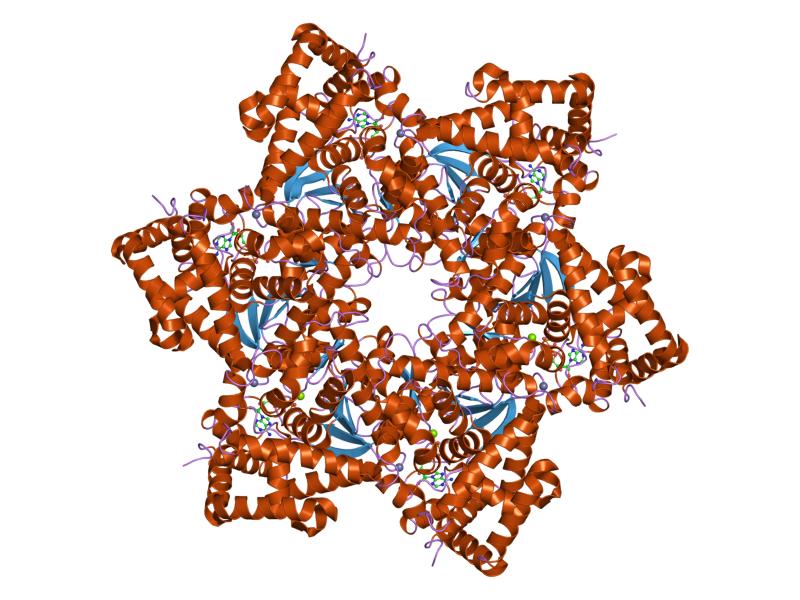Viruses are effective carriers of information. This information is called RNA (sort of like single stranded DNA), which is held in a vessel called the capsid. As it is favourable for the virus to be as efficient as possible, the capsid is made up of a repeating structure of proteins, which is coded by the RNA which it holds. Due to this repeating structure, the capsid has rotational symmetry.
These constraints on the organisation of the capsid proteins mean that they can only have helical or spherical structures. Thus, there are only a finite number of symmetries that they can have in 3-dimensions, which are embodied by the Platonic Solids.
Most viruses exhibit icosahedral symmetry, meaning they have the same properties as the icosahedron:
- formed of 20 triangles
- 60 rotational symmetries

Another example is the common cold and HPV (Human papillomavirus), which are both caused by viruses of different sizes, but have the same symmetry: 6-fold rotational symmetry.

However, a more interesting group of viruses are those with 5-fold symmetry, as the structure of these is much harder to determine.
Structure via Symmetry
Symmetry is the key to finding the structure of a viruses, and as they are too small to see in microscopes, their structure can be determined using a technique called Cryo-electon microscopy, which is a bit like unfolding the shape and laying it out flat.

For structures with a 5-fold symmetry axis, this technique is almost impossible to use. An analogy of this is “trying to tile a bathroom floor: it is possible with hexagons but not with pentagons.” This mathematical phenomenon means that it is therefore necessary to know the overall symmetry of structures with 5-fold symmetries before their structure can be determined using cryo-EM.
But what is the reason for all this symmetry?
“Symmetry goes hand in hand with stability. Symmetric configurations are usually more stable, a feature that is important for viruses when transporting their genomic material between hosts.”
A bit of a different topic today. Let me know if you like it! M x
I do like it! Hmmm, as efficient as a virus, beauty in grotesqueness.
LikeLiked by 1 person